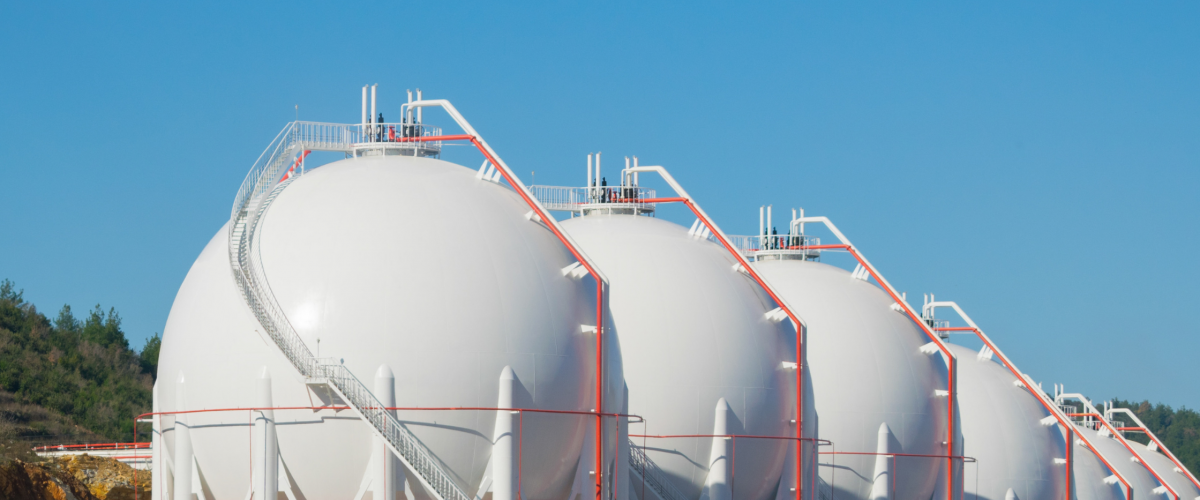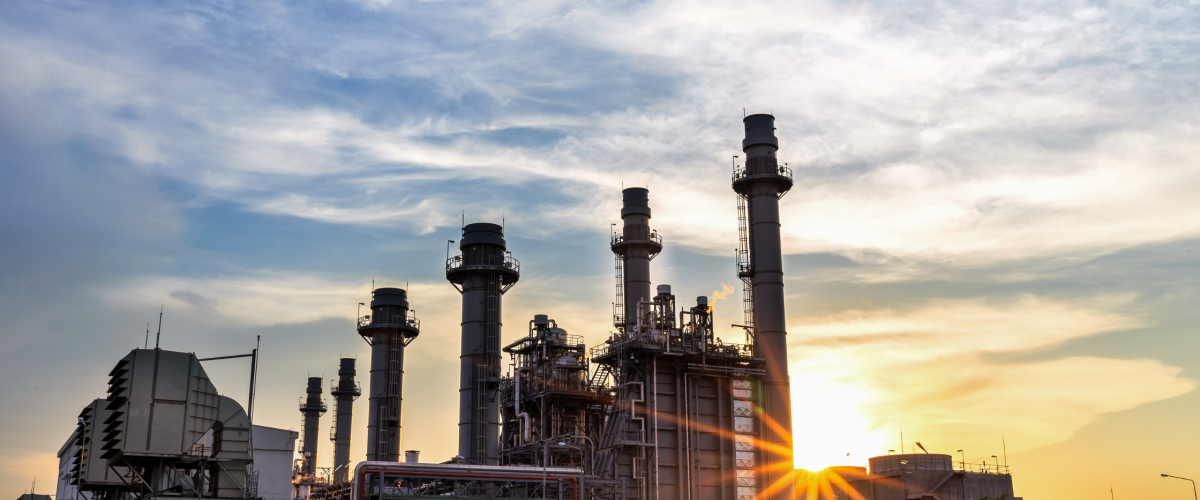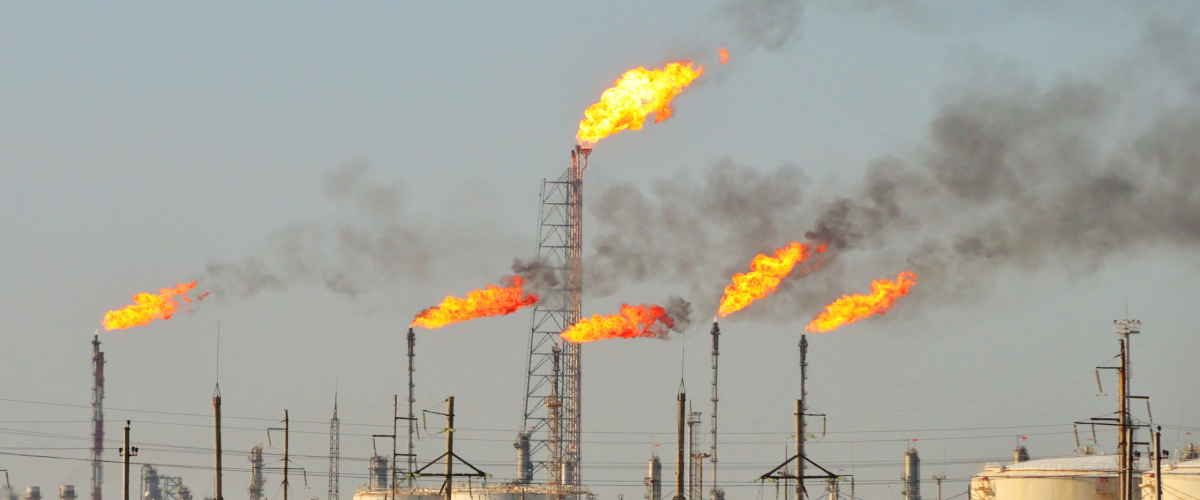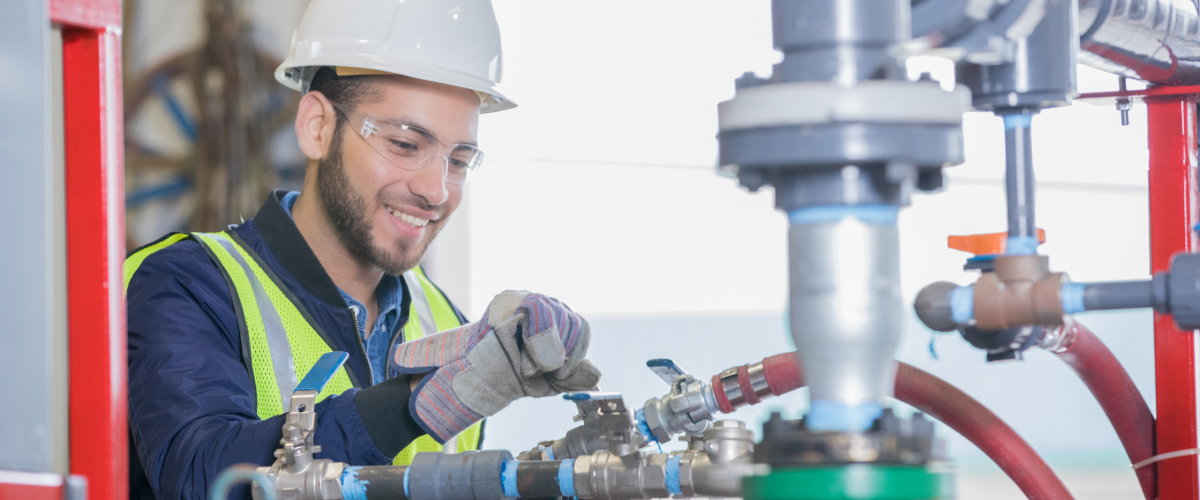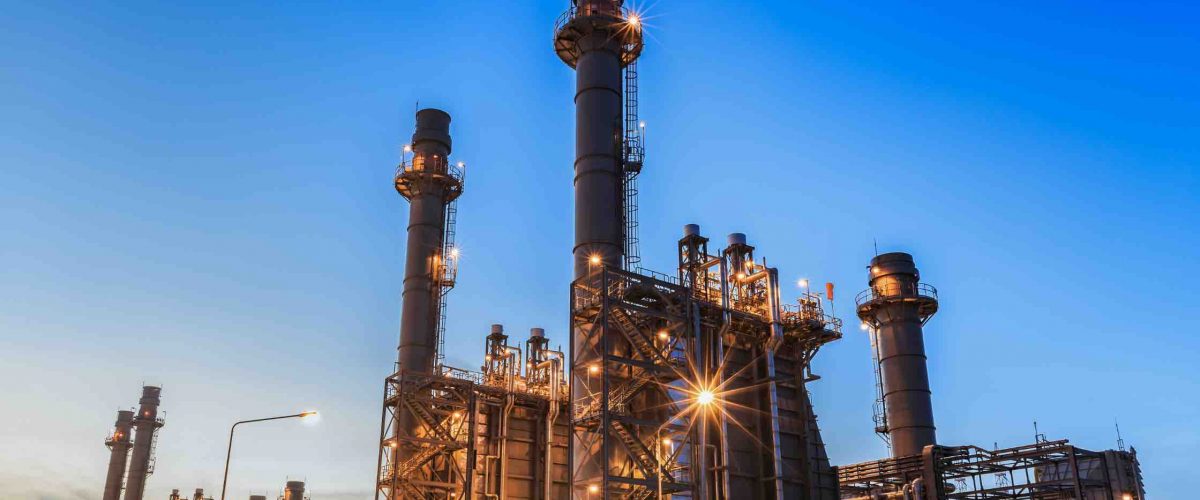For decades, global petroleum trading has revolved around crude oil and refined products like gasoline, diesel, and jet fuel. However, as energy markets evolve and demand patterns shift, traders and investors are broadening their focus. One of the most significant additions to petroleum trading portfolios today is Liquefied Natural Gas (LNG). Its growing role reflects not only changing energy consumption trends but also the drive for diversification, resilience, and sustainability in global energy trade.
LNG in the Global Energy Mix
LNG is natural gas cooled to -162°C, reducing its volume by about 600 times and enabling cost-effective transport across oceans. Traditionally, natural gas was a regional commodity bound by pipeline infrastructure. LNG has changed this equation, transforming gas into a globally traded energy source much like crude oil.
The increasing adoption of LNG stems from multiple factors:
- Cleaner energy transition: LNG emits less CO₂ and other pollutants compared to coal and oil, making it an attractive transitional fuel.
- Market flexibility: Spot trading, hub pricing, and flexible contracts are replacing rigid long-term LNG supply agreements, creating opportunities for traders.
- Global demand growth: Asia, led by China, Japan, South Korea, and India, continues to drive LNG imports. Europe has also ramped up LNG purchases in response to supply security concerns.
LNG as a Diversification Tool in Petroleum Trading
For petroleum traders, adding LNG to portfolios offers a strategic hedge and growth pathway. Key advantages include:
- Reduced Exposure to Oil Price Volatility
Crude oil prices are influenced by geopolitical tensions, OPEC+ decisions, and supply-demand imbalances. LNG pricing, while linked to oil in some contracts, is increasingly based on regional gas hubs (e.g., Henry Hub in the US, TTF in Europe). This decoupling provides portfolio diversification. - Access to Expanding Markets
Global LNG trade is expected to grow steadily over the next decade, with new liquefaction projects in the US, Qatar, and Africa coming online. Traders with LNG capabilities gain access to dynamic markets and fast-evolving demand centers. - Integration with Downstream Value Chains
LNG opens opportunities beyond bulk trading. Companies are investing in small-scale LNG distribution, bunkering for maritime fuel, and LNG-to-power projects in emerging markets. This vertical integration enhances resilience and profitability. - Sustainability and ESG Alignment
Investors and governments are pressuring energy companies to reduce emissions and align with net-zero targets. LNG provides a bridge fuel that supports decarbonization strategies while maintaining strong commercial returns.
Challenges in LNG Trading
Despite its advantages, LNG trading is not without risks:
- Infrastructure dependency: Import terminals, regasification facilities, and specialized vessels are capital-intensive and regionally uneven.
- Price volatility: LNG markets have experienced significant spikes, especially in Europe and Asia, during times of supply disruption.
- Contract complexity: The shift from long-term oil-indexed contracts to shorter, flexible agreements requires traders to master new risk management tools.
The Future of LNG in Petroleum Portfolios
LNG is no longer an optional add-on; it is becoming a central pillar of global energy trading. As new liquefaction and regasification capacity comes online, the market will deepen, creating arbitrage opportunities and more liquid trading hubs. Petroleum trading companies that embrace LNG early position themselves not only to capture financial upside but also to remain relevant in an energy system increasingly defined by flexibility, sustainability, and transition.
In a world where energy markets are diversifying rapidly, LNG offers petroleum traders a pathway to balance profitability with resilience and environmental responsibility. By incorporating LNG into their trading portfolios, companies can navigate shifting global dynamics while staying competitive in a market where adaptability is key.
Read more on Sparkview Energy:
Liquefied Natural Gas (LNG) Market: Trends and Global Demand
Natural Gas Compression: Equipment and Applications in the Midstream Sector
Gas Dehydration Units: Removing Moisture from Natural Gas for Transport

